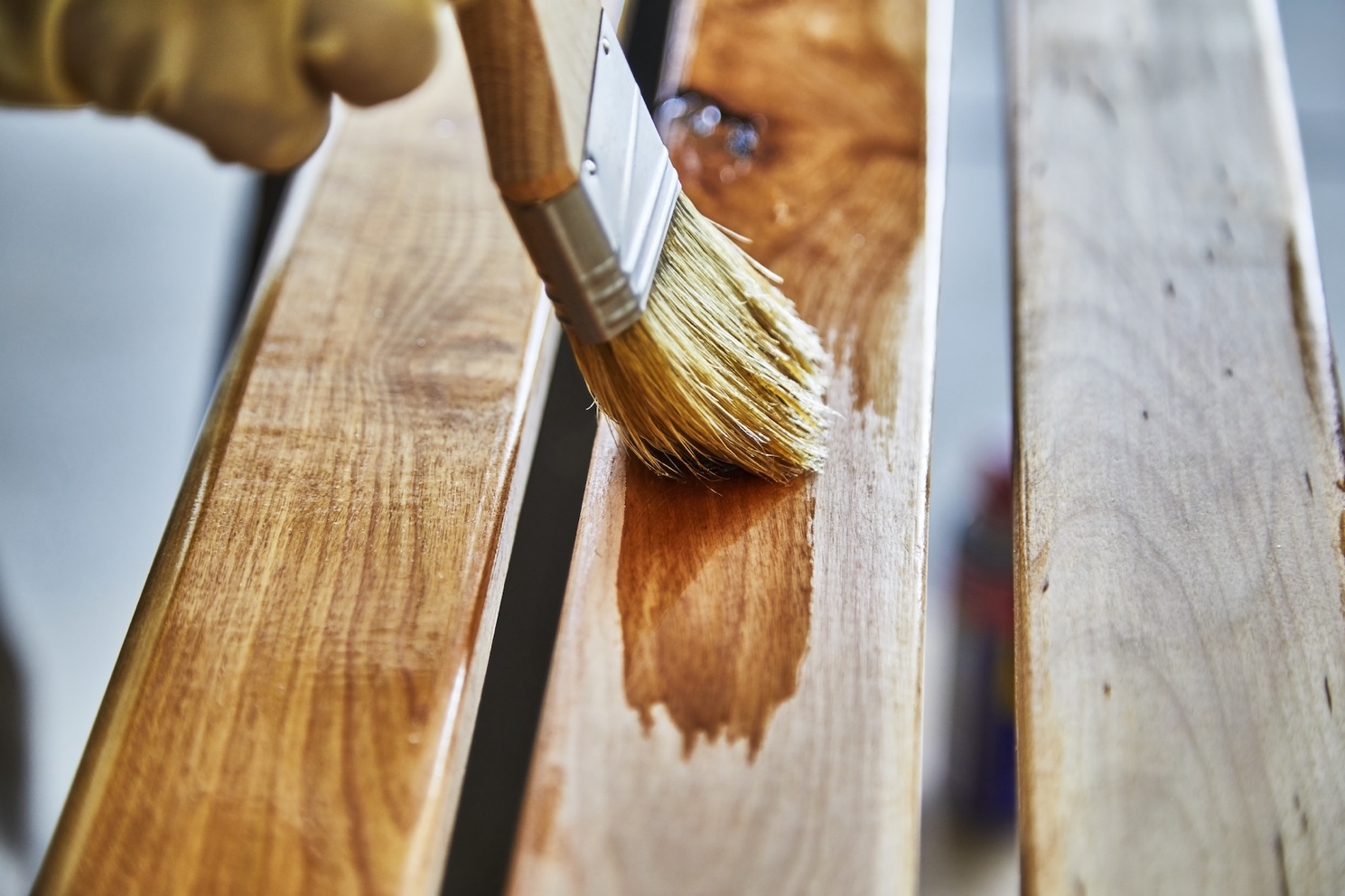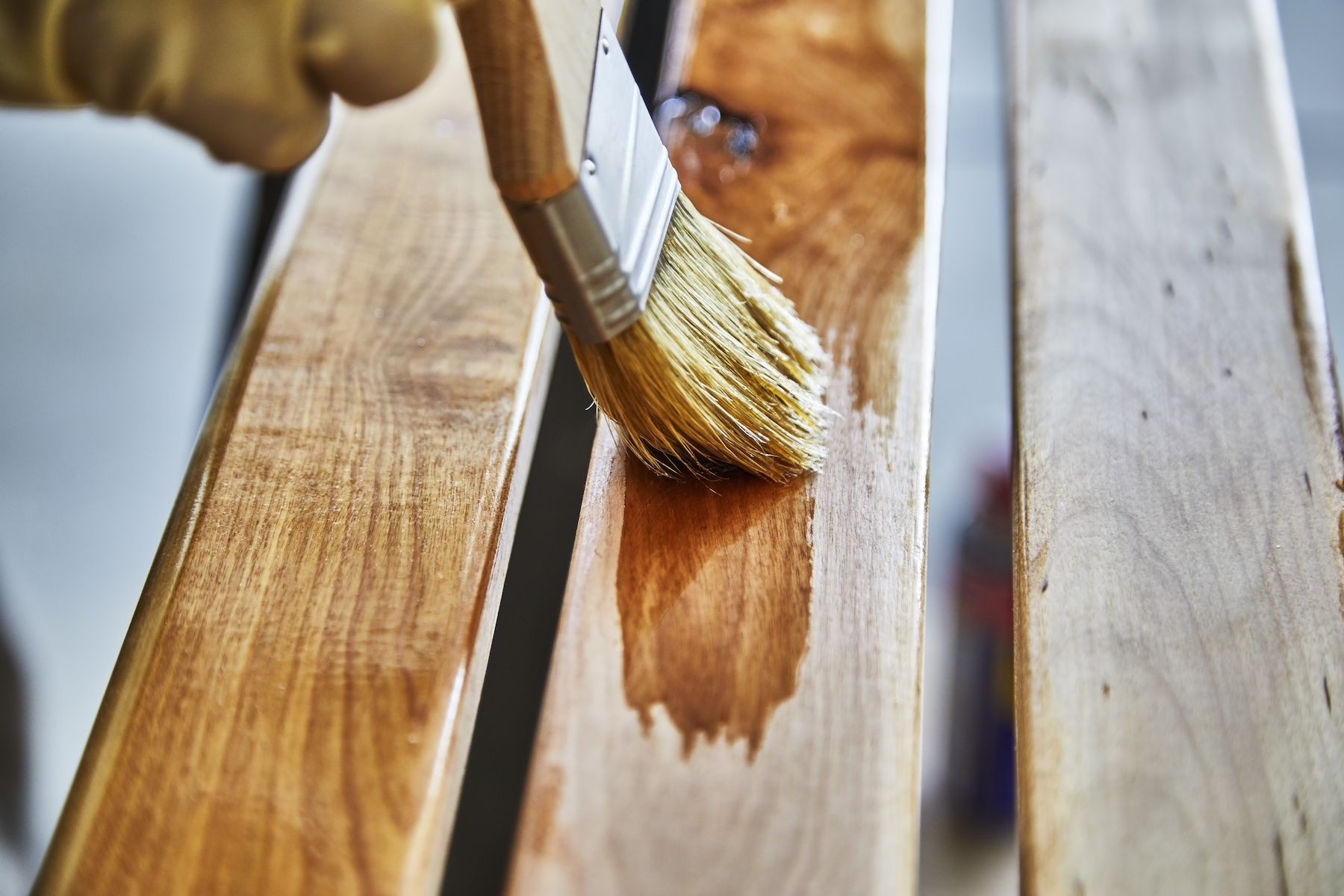What to Do to Restore After My Furniture is Flooded?
by Adwords on February 03, 2022
Flooding that comes with enough warning may leave a less devastating impact because you'll have time to relocate your furnishings to locations where floodwaters are less likely to reach.
Floodwaters, in any instance, bring a swarm of hazardous pathogens and bacteria with them.
Natural floods, such as those induced by major rainstorms, drive significant amounts of contaminants into the places where the waters touch.
Bacteria such as coliform and E. Coli can be found, as well as sewage water, chemicals, and heavy metals, particularly in areas with manufacturing industries.
When your home floods, the germs in the floodwaters enter your home, affecting your property. Furniture is no exception.
When floodwaters are high, upholstered furniture that is part of your living room design (or other parts of your home) frequently gets too waterlogged beyond rescue.
The floods, which contain a high concentration of bacteria, will have seeped into the upholstery, causing it to become infested with mildew and pathogens.
However, if little amounts of rainwater have made its way into your upholstered furniture, it can be restored.
Unless it is a priceless antique, experts think that upholstered furniture should be got rid of after a flood.
Mould and mildew commonly infest the upholstered portions of furniture, rendering it unhygienic and unhealthy to remain in your home.
When the monetary or sentimental worth of the furniture piece is significant, the furniture should be professionally cleaned for it to be kept further.
Wooden furniture affected by floodwater has a better chance of being saved than upholstered furniture.
Because wood is less porous than cushioned furniture, it is more resistant to water damage.
Wooden furniture, on the other hand, may get bent as a result of the excess moisture.
When working with wet hardwood furniture, avoid attempting to open drawers that have been enlarged by floods. Instead, remove the back of the furniture to enable air to circulate it.
You should be able to open the formerly-swollen drawers once the furniture has been properly dried.
Water can do a lot of damage to this luxurious fabric, whether it's on a couch, lounger, or recliner.
Mould and mildew can grow quickly on moist or damp leather. If you discover your leather furniture wet or standing in water, the first thing you should do is remove it and completely dry it.
A low-heat hair drier works wonderfully for this.
It will be more difficult to recover the leather if mould has taken hold. If the leather is already discoloured, use a moist sponge and saddle soap to clean it.
Mould and mildew can be removed using the same soap and a gentle nail brush. There are several solutions available that preserve leather by avoiding further water damage.

One significant approach for restoring swollen wood furniture which contributes to part of your living room design is to fully dry it before doing anything else.
Rather than drying using an artificial approach such as a hairdryer or blower, you can remove the moisture by allowing it to stay in full sunshine for at least 24 hours.
It should be noted that the furniture should dry fully, but not too rapidly since this might cause the wood to split or shift.
To get a good result, you need to take your time and be patient when drying it naturally.
After thoroughly drying the furniture, begin the repair by putting more fasteners as needed.
Assess the components that require support and can be pushed back into position with only minor adjustments.
Nails, screws, bolts, expanded metal lathe and galvanized strips, wall plugs, pipe brackets, cable clips, frame fixes, and many more types of fastening are available.
By installing extra fasteners, you can assure a superior version of your repaired furniture by repositioning timber that has shifted due to moisture movement.
After the furniture has dried, you may want to sand it with a belt sander and a finishing sander.
The most powerful belt sander will do the most straightforward sanding, especially on top of your furniture tables, while the best finishing sander is great for when you want to get an ultra-smooth finish.
You may wish to use both of these tools to restore old wood to a new condition for the best results.

Marine-based polyurethane is an external coating for boats that protects the surface from water and sunshine.
It's also great for applying to interior furniture, railings, tables, and counters where you don't want white watermarks.
It is typically available in oil and water-based formulations and can provide effective protection against potential water damage to wood.
If you try the DIY approach and don't get the desired result, you will need to hire a home renovation contractor to restore your valuable furniture.
To dry up the affected parts, these professionals use modern water extraction equipment.
Dehumidifiers and air movers are particularly useful for completely removing moisture from surfaces and furnishings.









